The Summer Solstice is an Ancient Celebration
The magic associated with the solstices is deep and old, and began prior to any historical record. Today, observing the solstices reminds us that we too are animals living on Mother Earth. We are attached to the change of the seasons and celestial happenings. Even though the majority of us are no longer governed by the sowing and harvesting of crops (apart from the harvest from your magic mushroom grow kit!), we still feel the push and pull of the Earth, the hairs on our arms standing up in the cool summer breeze.
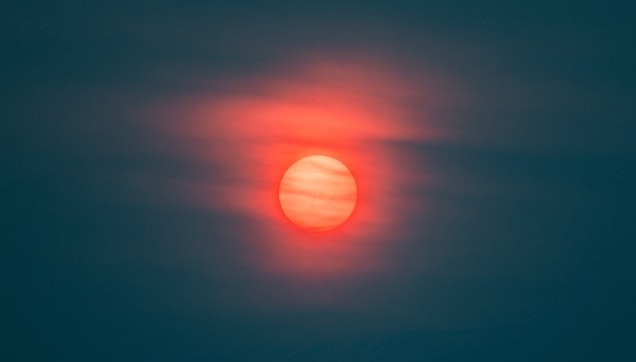
An Alt-Valentines Day?
Traditionally, June is the month of weddings as it falls between the busy agricultural periods, meaning that celebrations could ensue. This is probably why the summer solstice and the days surrounding it such as midsummer are associated with love, as well as the obvious — that the Earth is bursting with abundant flowers and bees fill the fertile air.
There are many ancient traditions from diverse cultures that cement this time of year as a kind of alt-Valentines Day (but waaaay less commercial!)
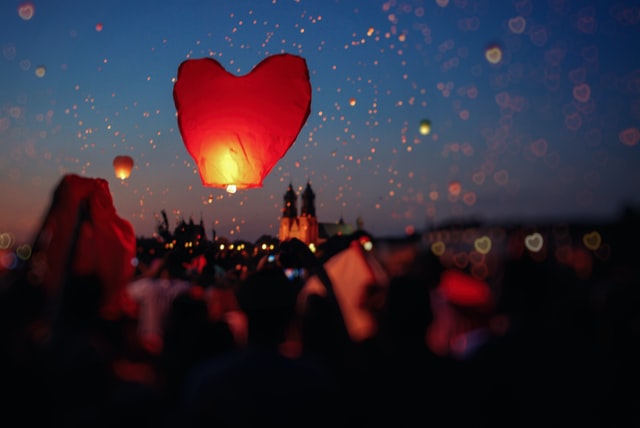
Solstice Tradition in Finland
For example, in Finland, where the solstice is named Juhannas, it was traditional for the Fins to cast love and fertility spells.
Midsummer Celebrations in Sweden
In Sweden, their Midsummer festival falls a few days after the solstice. On the 24th June, it is traditional for young girls to collect flowers and place them under their pillows. They must also eat something very salty (pickled herring anyone?) Ticking these things off your Midsummer list would apparently fill your sleep with dreams of your future husband. Additionally, Swedes will drink copious amounts of vodka and dance around the rather phallic-looking Maypole. Unsurprisingly according to Swedish ethnologist and author Jan-Öjvind Swahn “A lot of children are born nine months after Midsummer in Sweden.”
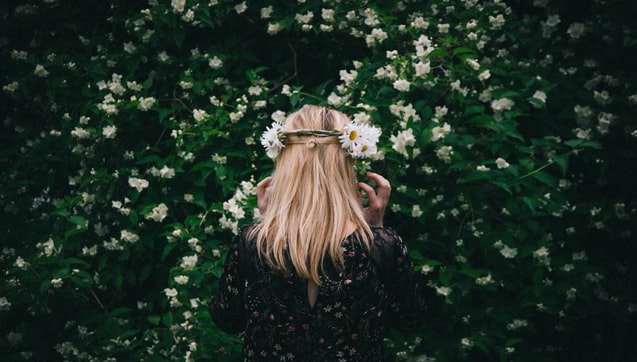
Klidonas in Greece
Similarly, in Greece, ancient rituals are performed to encourage dreams about one’s future spouse. Although, as in many European countries, Christianity displaced the established Pagan traditions, some of the northmost villages continued with them. One of these rituals is called ‘Klidonas’. It involves all the unmarried women from the village gathering together to place a special belonging in a pot. This pot is then left under a fig tree overnight. The next morning, imbued with the magic of the solstice, the belief is that these objects have become prophetic — causing their owner to dream of their future husbands.
The women take turns retrieving objects from the pot, and predict the romantic future of the item’s owner in bawdy rhyming couplets.
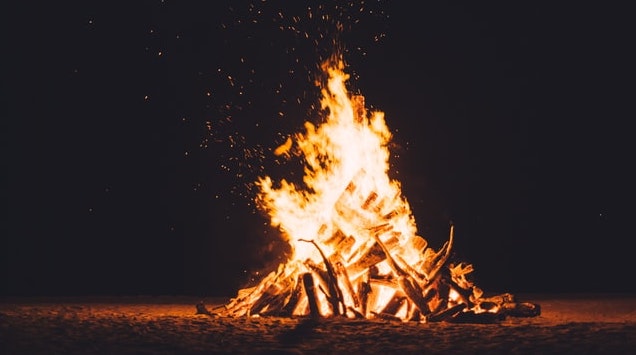
After this ritual, the village lights a large bonfire, and the men and women mingle. Couples take turns jumping over the fire together. Apparently, many romantic matches are made….
Kupala Night in Eastern Europe
In many Eastern European countries they celebrate Kupala Night. However, depending on the calendar they adhere to (Gregorian or Julian) this event falls on different days. In the Eastern Slavic countries, such as Russia, Ukraine and Belarus they use the traditional Julian calendar which is incorrectly aligned with the actual solstice, meaning that they celebrate on what is now July 7th. In Poland, the Czech Republic and Slovakia it is celebrated on the 21st-22nd or the 23rd-24th of June.
The night is closely associated with love, with similar bonfire jumping rituals for prospective couples. In Poland it is tradition for young women to craft crowns of wild flowers and herbs which they float across rivers, with a burning candle in the center. If it floats safely on its way (or if it is intercepted by a potential lover) the maker of the crown is said to be lucky in love. A sinking or stuck wreath is not a great sign, but if two wreaths get stuck together a new friendship is on the horizon.
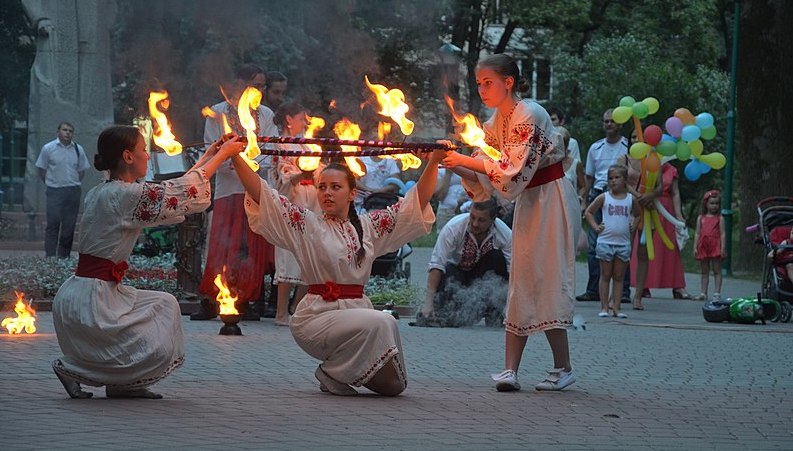
Another tradition of Kupala is searching for the mythical fern flower, said to bring wealth, but only to be found by those of great virtue. Although botanists believe the mythical flower to be just that — a myth — the playful tradition continues. Searching for a non-existent flower is an excellent excuse for lovers to be alone together…
Everyone Can Be Part of Summer Lovin’ This Solstice
There are many romantic traditions associated with the summer solstice. And, luckily today, we are not stuck with just ‘young women’ being expected to participate. Everyone can seek or appreciate love on the longest and most beautiful of days! And, it doesn’t have to be romantic. It can also be love for your friends, family or yourself.
The fern flower may be fictional, but magic mushrooms and truffles sure aren’t. And they are sure to fill you with feelings of love — especially relating to nature.
This solstice, why not make psychedelic summer lovin’ your goal? Whether you trip with your lover, your friends or simply alone with nature, you are sure to feel the deep rhythms of Mother Earth as she turns with the seasons.
Summer Solstice Trip Tips

Here are some key pointers for a summer lovin’ solstice trip:
- Pick a spot with a nice view — nowhere too remote though unless you are an experienced outdoor tripper!
- Bring a layer — it can still get chilly in midsummer!
- If you are with friends or a partner, speak aloud about the people and things in your life that you love.
- Write down the emotional and spiritual goals you hope to achieve this year.
- Take a deep breath and let yourself be one with nature.
- You could even incorporate some of the traditions from around the world we explored above!
(For a full trip guide check out How To Trip For The First Time)

Happy Summer Solstice!





